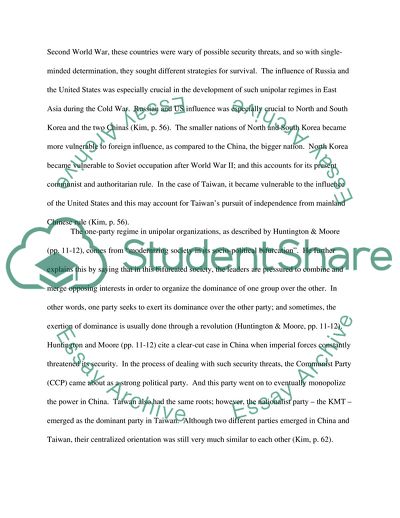Cite this document
(Political and Economic Development in East Asian Countries Term Paper, n.d.)
Political and Economic Development in East Asian Countries Term Paper. https://studentshare.org/politics/1731361-economic-development-and-governance-third-world-politicseast-asia-focus
Political and Economic Development in East Asian Countries Term Paper. https://studentshare.org/politics/1731361-economic-development-and-governance-third-world-politicseast-asia-focus
(Political and Economic Development in East Asian Countries Term Paper)
Political and Economic Development in East Asian Countries Term Paper. https://studentshare.org/politics/1731361-economic-development-and-governance-third-world-politicseast-asia-focus.
Political and Economic Development in East Asian Countries Term Paper. https://studentshare.org/politics/1731361-economic-development-and-governance-third-world-politicseast-asia-focus.
“Political and Economic Development in East Asian Countries Term Paper”. https://studentshare.org/politics/1731361-economic-development-and-governance-third-world-politicseast-asia-focus.


